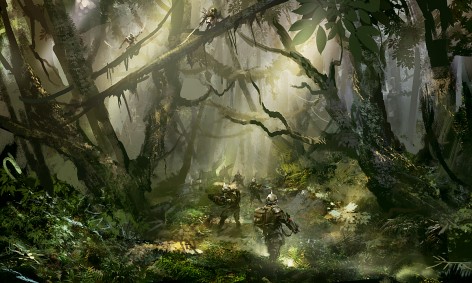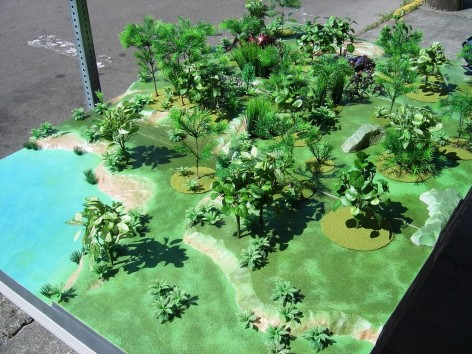Warzone: Resurrection Battlespace Analysis (Avenues)
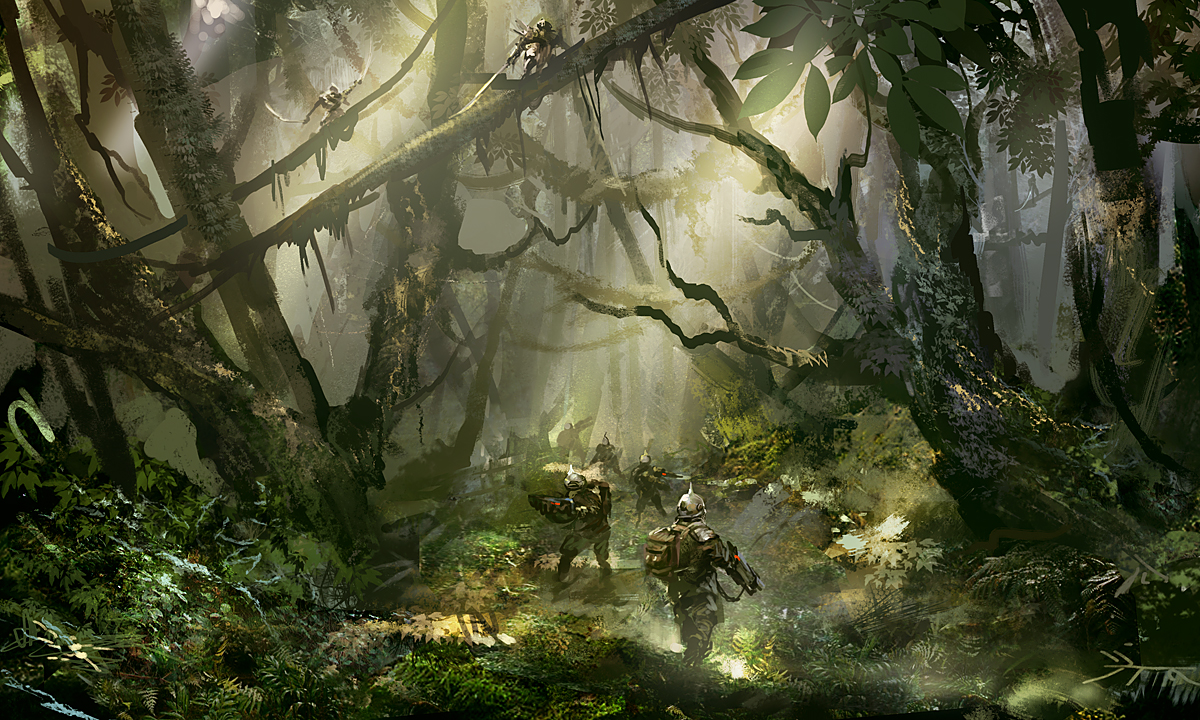

In this instalment of our Battlespace Analysis series, we look at another terrain construct- the Avenue.
Avenues
An Avenue is just like what you might picture- a strait strip of open ground. However, there are a few characteristics of Avenues in skirmish games that are worth noting, namely:
- Units will want to move along avenues to avoid movement penalties, but they will do so with caution as it exposes them.
- Shooting units will want to cover avenues, as they provide long fields of fire without cover modifiers.
- Avenues will vary in length, but they should not cover the entire length of the board except in exceptional circumstances.
- Avenues will vary in direction- if they cut across the lines of battle, they will provide good lateral movement and allow armies to advance under cover, whereas avenues along the table will split forces and allow for more shooting.
Avenues are best placed in areas between major pieces of terrain (like the pockets or key terrain you place), or to break up relatively open areas. There are two types: closed avenues and open ones.
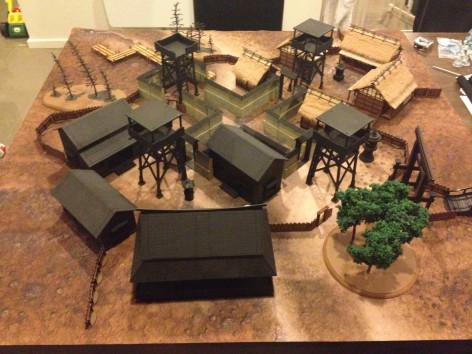
This table includes avenues that cut from one corner to the other (in the centre of the table) and between the buildings on either side.
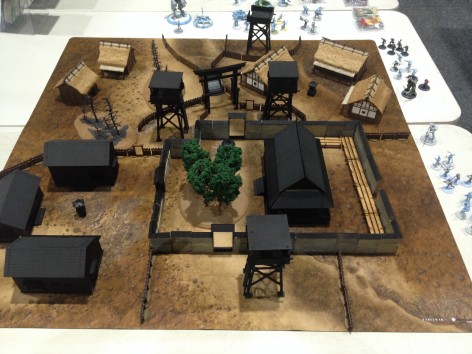
The avenues on this table cut from top to bottom, meaning they will either go across or along a battlelines deployment.
Closed and Open Avenues
‘Closed’ avenues are those bordered by LOS-blocking or impassable terrain. Examples include walled alleys or deep trenches. These avenues are great for covered movement, and only become vulnerable fire lanes when the enemy reaches them.
‘Open’ avenues are those with cover that does not block LOS (like low bushes or fences). These have less impact on the battle as units well outside of the avenue can fire into it, but also units within can fire back.
Of course, a single avenue can be a combination of the two, with some parts open and others closed.
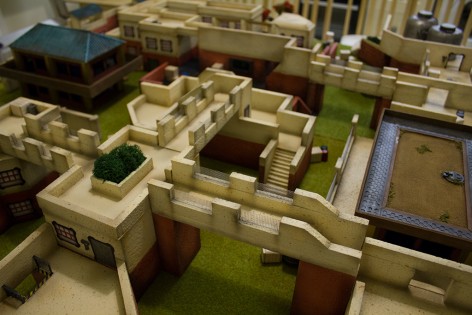
This urban table combines both closed and open avenues- the street-level ones are surrounded by LOS-blocking terrain, and the raised walkways are open avenues as the low walls won’t completely hide models.
Creating an Avenue
This part is dead simple- just place terrain pieces on either side of the avenue up to the required distance. However, there is a lot to consider when doing this… think about all of the following when making your terrain:
- Width- the wider the avenue, the more open space there is without cover. This makes it riskier for units to traverse and more likely that units will sit on sentry to cover the open space. However, a narrow avenue may prevent some units from using it effectively- large numbers of models can’t move freely and disperse to avoid templates, or in some cases very large bases can’t use the avenue at all (think of Scorpions, Orcas, etc)
- Length- How long you choose to make your avenue will change how it impacts the battle. Longer avenues are better fire lanes, but as a general rule you should avoid making any avenue last the whole length of the table. Usually, you should consider using shorter avenues closer to the centre of the table, and longer ones closer to the edges.
- Direction- As stated before, avenues behave differently according to whether they cut across or along the battlefield. Think about how your table will be structured. Is the mission going to be random or do you know where the objectives and deployment zones will be? Placing some short avenues towards the centre on a diagonal to the fighting can also influence the game and cause players to have to think about their approach.
- Cover and Entrances/Exits – what you use to border the avenues will have significant impact on how they are used as well. Soft or hard cover, LOS blocking or not will direct players on how to use your avenue. This includes how that cover behaves- using buildings means that there will be doors and gaps that can be used to enter and exit the avenue. Using high walls may also trap units in it until they can find an exit.
- Firing positions- if you’ve built this avenue, will you place firing positions to cover it? Will there be a few good positions (like pieces of key terrain that can cover several avenues? If you’re using buildings, can models get on the roofs to dominate the open space?
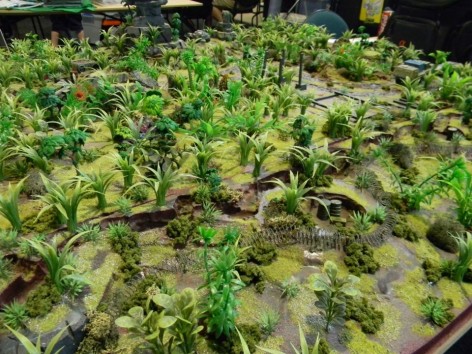
This jungle includes avenues of heavy cover (the trench in the middle of the image) and open movement (the roads in the upper right)
In the next articles in our series, we will look at the placement of Key Terrain and look at putting it all together to make an interesting and challenging table for Warzone: Resurrection. Previous articles looked at the theory of placing terrain and creating pockets.
This article is an abridged version of one that appeared in Cartel Tactical Centre magazine, issue #2. Have a look at the CTC Magazine archives here, or get a hold of their latest issue here. Also check out their Facebook Page.
Have you played with a construct like avenues? Have you come across any that affected your game?

